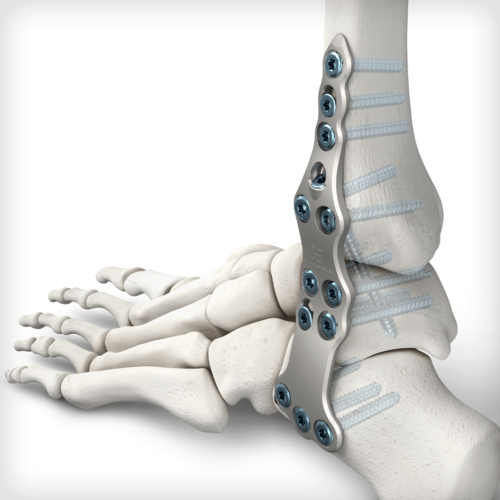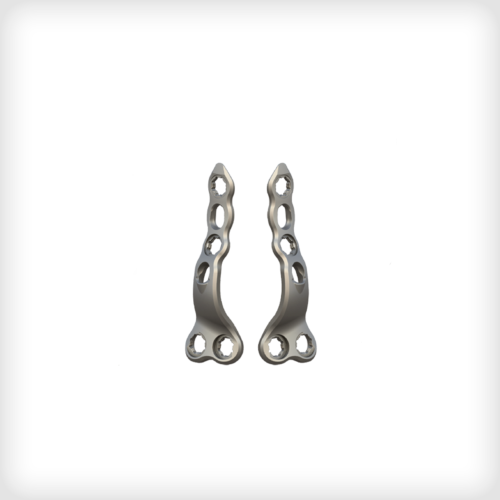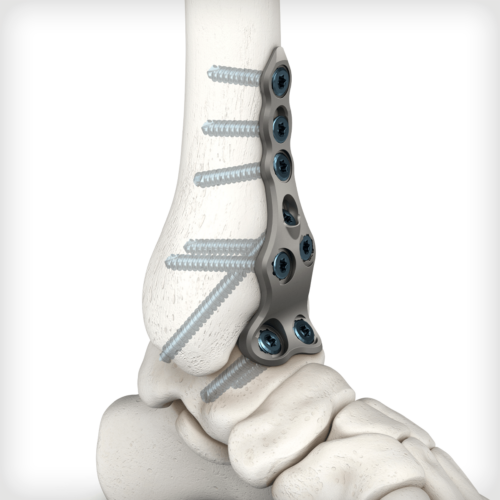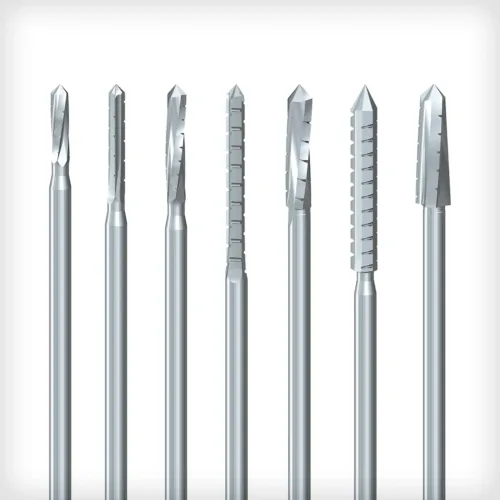-

 The Posterior TTC plates are ideal when a traditional anterior approach is not viable due to a poor soft tissue envelope or anatomical abnormalities of the talar neck. The plates are contoured to hug the posterior lip without the need for resection. The design includes three points of fixation in the calcaneus and may be used in lieu of the lateral approach plate to spare removal of the fibula.
The Posterior TTC plates are ideal when a traditional anterior approach is not viable due to a poor soft tissue envelope or anatomical abnormalities of the talar neck. The plates are contoured to hug the posterior lip without the need for resection. The design includes three points of fixation in the calcaneus and may be used in lieu of the lateral approach plate to spare removal of the fibula. -

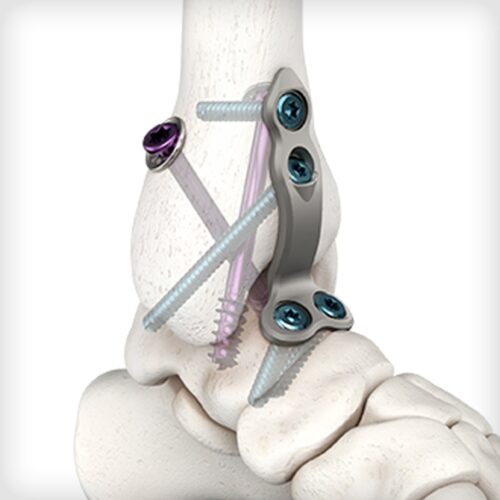 Inline and T-Style Petite plates are designed to be used in conjunction with an arthroscopic MIS or mini-open surgical technique, and may be used with crossing lag screws. The plates require a smaller incision when compared to traditional anterior plating options, and may be ideal for patients with smaller anatomy, such as a narrow or short talar neck.
Inline and T-Style Petite plates are designed to be used in conjunction with an arthroscopic MIS or mini-open surgical technique, and may be used with crossing lag screws. The plates require a smaller incision when compared to traditional anterior plating options, and may be ideal for patients with smaller anatomy, such as a narrow or short talar neck. -
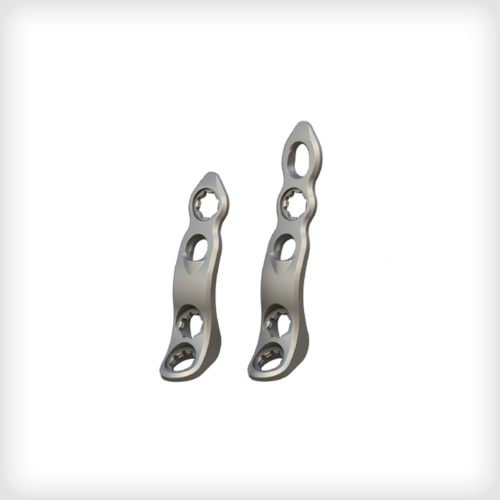
 Inline and T-Style Petite plates are designed to be used in conjunction with an arthroscopic MIS or mini-open surgical technique, and may be used with crossing lag screws. The plates require a smaller incision when compared to traditional anterior plating options, and may be ideal for patients with smaller anatomy, such as a narrow or short talar neck.
Inline and T-Style Petite plates are designed to be used in conjunction with an arthroscopic MIS or mini-open surgical technique, and may be used with crossing lag screws. The plates require a smaller incision when compared to traditional anterior plating options, and may be ideal for patients with smaller anatomy, such as a narrow or short talar neck. -
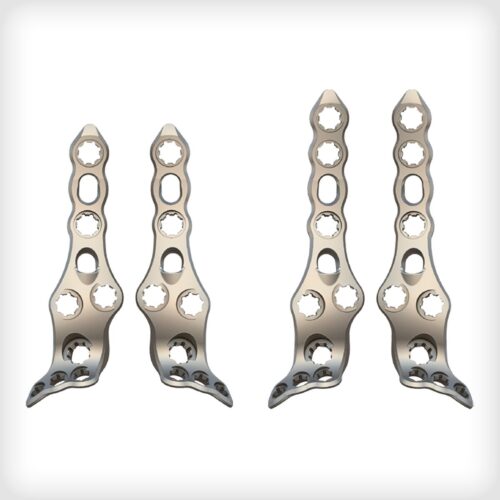
 The standard anterior plate options are designed for a traditional open ankle fusion approach with maximum fixation in the talus. Plates are designed with a distal row of screw holes which accept either 3.5 mm or 4.0 mm polyaxial locking screws. An additional larger hole accommodates either a single 4.5 or 5.5 mm locking screw.
The standard anterior plate options are designed for a traditional open ankle fusion approach with maximum fixation in the talus. Plates are designed with a distal row of screw holes which accept either 3.5 mm or 4.0 mm polyaxial locking screws. An additional larger hole accommodates either a single 4.5 or 5.5 mm locking screw. -

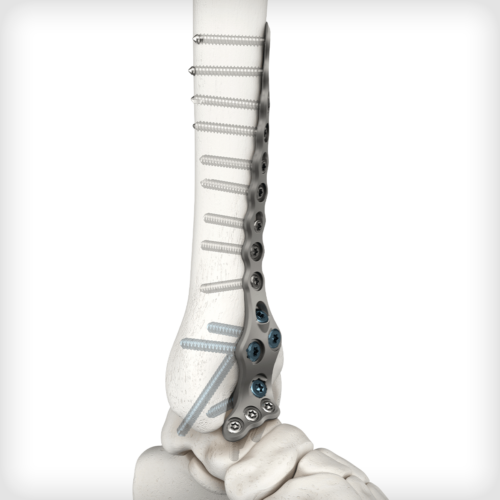 Primary Pilon Fusion Plates are designed with a distal row of screw holes which accept either 3.5 mm or 4.0 mm polyaxial locking screws. An additional larger hole accommodates either a single 4.5 or 5.5 mm locking screw. The plate is designed for patients with severely comminuted distal tibia fractures with intra-articular involvement where primary arthrodesis of the tibiotalar joint is indicated. These plates feature a long anterolateral proximal shaft to span comminution up through the metadiaphyseal region.
Primary Pilon Fusion Plates are designed with a distal row of screw holes which accept either 3.5 mm or 4.0 mm polyaxial locking screws. An additional larger hole accommodates either a single 4.5 or 5.5 mm locking screw. The plate is designed for patients with severely comminuted distal tibia fractures with intra-articular involvement where primary arthrodesis of the tibiotalar joint is indicated. These plates feature a long anterolateral proximal shaft to span comminution up through the metadiaphyseal region. -
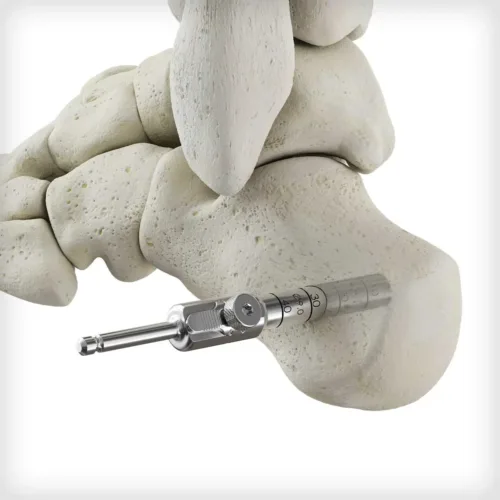
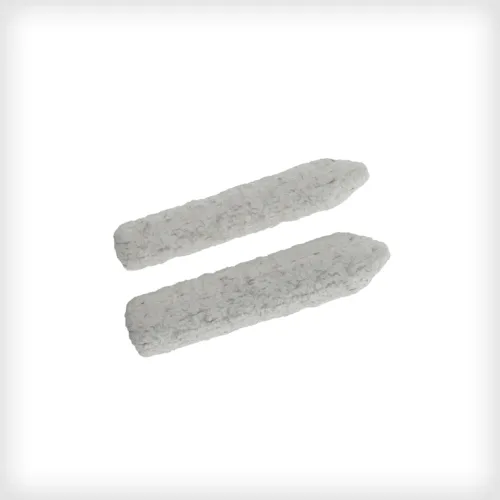 ACTIGLASS™ Backfill Bioimplant combines the osteoconductive properties of tricalcium phosphate and hydroxyapatite with bioactive glass in a collagen matrix. Together, this biocompatible composition can resorb and be replaced by natural bone. This synthetic bioimplant is pre-sized for compatibility with the Autograft Harvester, allowing for improved intraoperative convenience and efficiency.
ACTIGLASS™ Backfill Bioimplant combines the osteoconductive properties of tricalcium phosphate and hydroxyapatite with bioactive glass in a collagen matrix. Together, this biocompatible composition can resorb and be replaced by natural bone. This synthetic bioimplant is pre-sized for compatibility with the Autograft Harvester, allowing for improved intraoperative convenience and efficiency. -

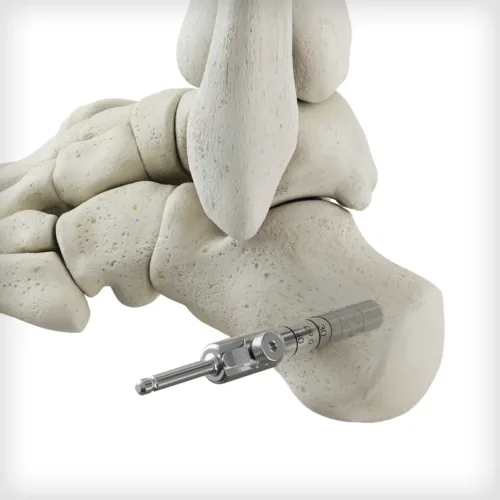 The Autograft Harvester is a two piece instrument used to recover autogenous bone. The harvester connects to power via an AO quick connect and can be disassembled with a knob that accepts a T15 Driver. It contains a scoop feature to remove the graft from the housing. Multiple sizes are available based on patient anatomy or desired harvest site, including the calcaneus, proximal or distal tibia, and iliac crest. A synthetic bioimplant is available to backfill the void created by the harvester.
The Autograft Harvester is a two piece instrument used to recover autogenous bone. The harvester connects to power via an AO quick connect and can be disassembled with a knob that accepts a T15 Driver. It contains a scoop feature to remove the graft from the housing. Multiple sizes are available based on patient anatomy or desired harvest site, including the calcaneus, proximal or distal tibia, and iliac crest. A synthetic bioimplant is available to backfill the void created by the harvester.

